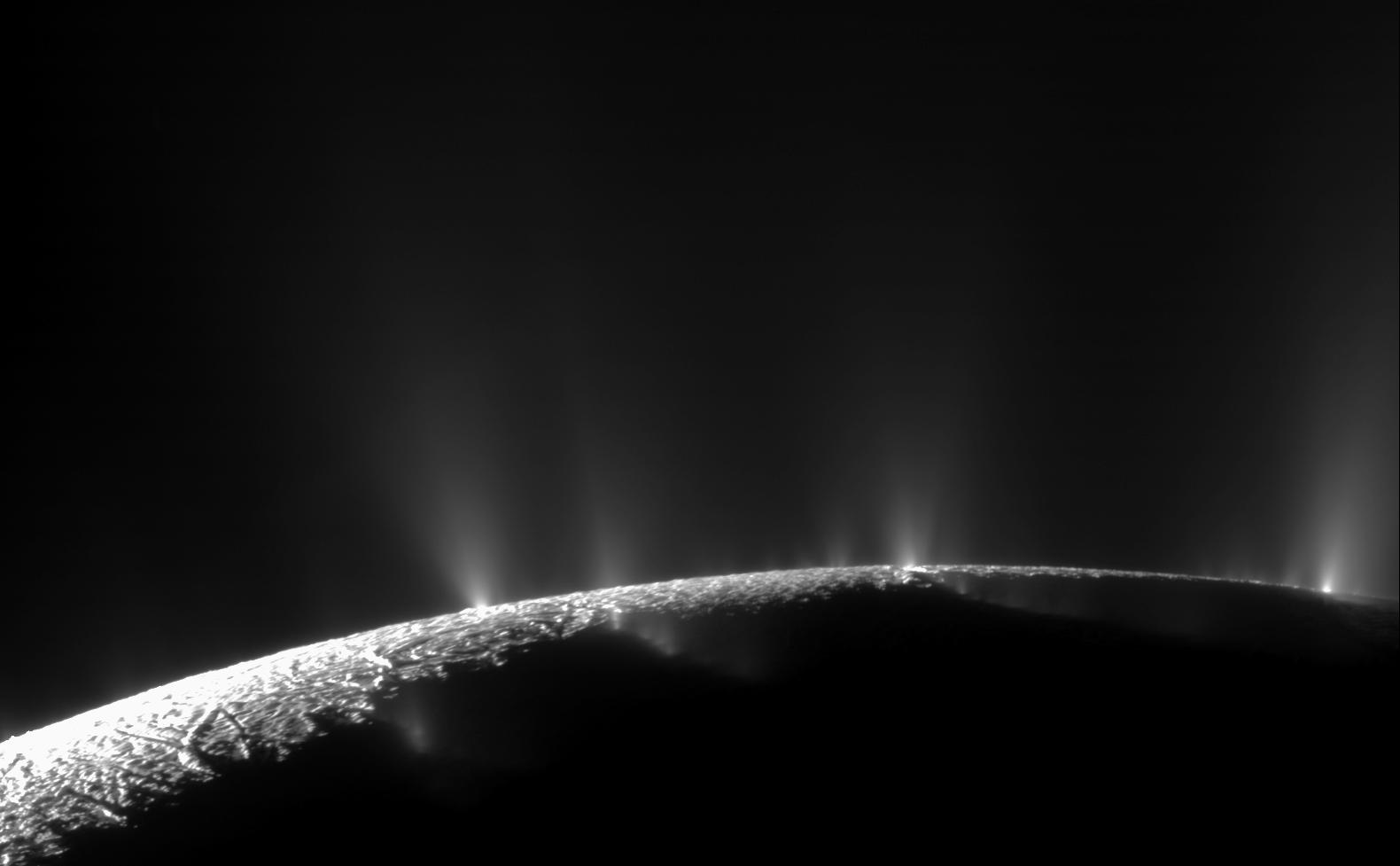4 min read
The most recent spacecraft telemetry was acquired on June 14 from the Deep Space Network tracking complex at Canberra, Australia. The Cassini spacecraft is in an excellent state of health and all subsystems are operating normally. Information on the present position and speed of the Cassini spacecraft may be found on the "Present Position" page at: http://saturn.jpl.nasa.gov/mission/presentposition/.
Wednesday, June 8 (DOY 159)
Today the Downlink Ground System (DGS) team completed the transition of the Cassini Distributed Object Manager (DOM) to the Network File System (NFS), a major milestone in the ongoing effort to transition Cassini software and data from the legacy Andrew File System (AFS) to NFS.
An encounter strategy meeting was held today to cover the period between Jun. 20 and Sept. 12, Titan flybys T-77 and T-78, and maneuvers 287-289.
Thursday, June 9 (DOY 160)
An unintended Space Flight Operations Facility (SFOF) power interruption occurred today that brought all the Cassini Ace workstations down, along with many servers and other equipment, and impacted other flight project activities as well. Cassini System Administrators (SAs) successfully restored all Cassini systems within approximately 24 hours.
Friday, June 10 (DOY 161)
This week in science, the Cassini spacecraft celebrated the birthday of its namesake, Giovanni Cassini, on June 8, with 19.5 and 15 hour Iapetus observations performed by the Imaging Science Subsystem (ISS), followed by a 15 hour calibration performed by pointing at the star Canopus. ISS, the Composite Infrared Spectrometer (CIRS), and the Visual and Infrared Mapping Spectrometer (VIMS) completed two more observations in the Titan monitoring campaign to monitor clouds and look for changes in the surface and atmosphere. ISS performed two additional observations in its Satellite Orbit Campaign, and then monitored Saturn for two hours after each observation. The Ultraviolet Imaging Spectrograph (UVIS) completed a 32 hour mosaic scan of Saturn’s magnetosphere in an effort to image hydrogen. The week's activities ended with the CIRS instrument completing a 23 hour observation to map Saturn in the mid-infrared in order to determine upper troposphere and tropopause temperatures.
Saturday, June 11 (DOY 162)
Commands were radiated over Canberra’s DSS-43 antenna today in support of the S68 Live Inertial Vector Propagator (IVP) update. The Live IVP update is on board and will execute on the spacecraft on DOY-169.
Sunday, June 12 (DOY 163)
New telemetry red alarms this weekend indicated a polarity change in the Cassini power bus rails and the Radioisotope Thermionic Generator (RTG) case voltages, opposite from the swings that occurred on DOY-120. A meeting has been scheduled to discuss future steps to be taken to better understand this, including the option of turning off the Cassini Plasma Spectrometer (CAPS) instrument.
Monday, June 13 (DOY 164)
A week-long series of presentations and discussions begins today at the 54th meeting of the Cassini Project Science Group (PSG). The meeting objective is to report and discuss science results in the fields of Saturn's magnetosphere, its icy satellites, Titan, the rings, and Saturn itself, and to review the status of the Solstice Mission.
Tuesday, June 14 (DOY 165)
The Cassini Mission team is proud to present the “Cassini Images Hall of Fame,” available on the Cassini web site today. It showcases some of the thousands of images returned by Cassini that stand apart. Those in this collection are picked by mission scientists. Undoubtedly, more will come. For images and more information on this subject, link to: http://saturn.jpl.nasa.gov/photos/halloffame/.
Commands were uplinked today in support of S68 to power off CAPS and turn the replacement heater on. The spacecraft returned to the more nearly balanced +23/-7 voltage. The RTG case voltages also dropped to 8, 5.7 and 6.3 volts simultaneously with the CAPS turn off. The quick turn off was based on data that indicated that the CAPS instrument was indeed the most likely reason for both the low rail (5/1/11) and high rail (6/11/11) shorts on the bus. Further analysis by both the Spacecraft team and the CAPS team is continuing.







